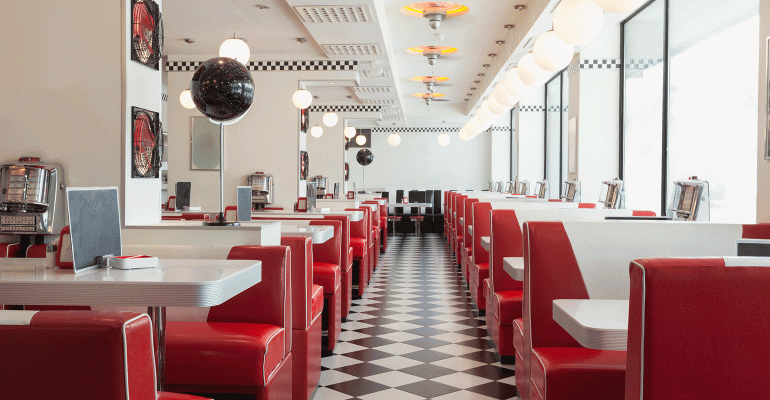 This post is part of the On the Margin blog.
This post is part of the On the Margin blog.
Same-store sales are falling because restaurants are opening too many locations.
The industry has added about 40,000 new restaurants over the past six years, according to a recent study on the impact of industry supply by Credit Suisse.
That’s about 18 new restaurants per day.
Unit count growth has outpaced population growth in four of the past five years, leading to an overall increase in the number of restaurants per capita, according to the study. While the total restaurant penetration remains below recessionary levels, chain restaurant penetration is at an all-time high, according to the study.
The result of all of this is what you’d expect: The influx of new restaurants has outpaced demand, putting a damper on same-store sales.
Essentially, the industry is trading unit economics for sales growth.
Overall, restaurant sales are are growing at a healthy pace, up 4 percent overall in 2016. That’s about the average pace of growth since 2011. Restaurant sales were $580 billion last year, according to retail sales data.
In fact, restaurants are gaining “wallet share” within retail sales — many retailers are struggling as consumers spend more online and focus more on experiences. Restaurants’ share of retail sales was 13.5 percent last year, up from 12.4 percent in 2014.
That’s what you’d expect at a time when the economy is in relatively good shape. The unemployment rate is just 4.3 percent. Wages are on the upswing. Gas prices remain historically low. The stock market is up. Housing prices are up.
Yet the supply growth is outpacing that higher demand, and the result is a same-store sales environment at its worst since 2009.
Same-store sales fell 1 percent in May, a month when the industry should be at least modestly recovering, while traffic was down 3 percent. Same-store sales haven’t increased since February of last year, according to Black Box. We’ll remind you that February of last year included an extra day.
Investment dollars are flooding into the industry, driving new unit growth, while existing concepts are pushing expansionary plans. Some franchises have also revived a recessionary practice of development incentives as they search for unit growth.
Even when companies do close locations, they quickly get filled. The buffet chain Golden Corral, for instance, recently bought several shuttered Old Country Buffet locations.
Indeed, almost any time I write a story about store closures, I will almost invariably receive emails from a handful of chain site selection specialists, looking to find where the closed units are located. They want access to those sites.
When weaker units shut down, the higher volume concept moves in, which makes the market that much more competitive.
The heavy competition also appears to be benefiting smaller chains and independents that are more favorable in the views of consumers who have their pick of restaurants. The shift in spending toward these small concepts, and away from large public chains, could also be hurting traffic at the larger concepts, the study said.
The Credit Suisse study said that chain restaurant market share leveled off slightly, to 57.1 percent of total sales, in 2016. Meanwhile, data from food distributors such as US Foods and Performance Food Group suggests independents are growing sales and gaining share.
Credit Suisse suggests that quick-service chains such as McDonald’s Corp., The Wendy’s Co., and Burger King, could avoid some of the problems because their unit growth has been tempered. So their same-store sales could benefit as a result.
The supply-demand problem in the industry calls into question whether restaurant chains can see some same-store sales growth in the coming months as comparisons get easier. Credit Suisse, in fact, called a belief in a sales recovery starting this quarter to be “optimistic.”
The easier comparisons, and higher food inflation, could yield some sales improvement this year, “but underlying trends are likely to remain disappointing until we see a slowdown in new concept development or a more robust economic backdrop,” Credit Suisse wrote.
Jonathan Maze, Nation’s Restaurant News senior financial editor, does not directly own stock or interest in a restaurant company.
Contact Jonathan Maze at [email protected]
Follow him on Twitter at @jonathanmaze





